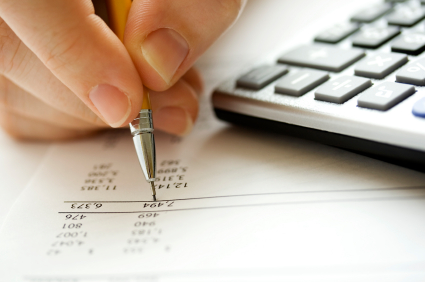
Effective Tax Planning
23.02.2017With the 2016/17 tax year end fast approaching on 5th April, it’s a good time to think about tax planning. The tax system can be complex but there are many legitimate opportunities for you to reduce the amount of tax you pay.
Effective tax planning is about knowing the personal and business taxes you are liable to pay and acting to legally minimise them. It’s also about maximising your net income and creating opportunities to invest and save tax-efficiently for the current and future needs of your business, your family and yourself.
We have outlined some of the key areas you may wish to consider, if applicable to your particular situation.
Personal Allowance
The standard Personal Allowance is £11,000 for the 2016/17 tax year, which is the amount of income that is not liable to tax. Aim to ensure each spouse uses their full Personal Allowance for Income Tax purposes where possible. Married couples and registered civil partners can share some of their personal allowance between them. They should consider the possible transfer of income-producing assets to ensure that Personal Allowances are not wasted. This could mean an overall tax saving for the couple.
Personal Allowance for high earners
Your Personal Allowance reduces by £1 for every £2 that your adjusted net income exceeds £100,000. Therefore, if your income is £122,000 or above, your Personal Allowance is zero.
If appropriate, making charitable donations that qualify for
Gift Aid, as it could go towards reducing your total income. In addition, annual gross personal pension contributions may be deducted from total annual-earned income for the calculation of adjusted income. Certain other investment structures may qualify for significant tax rebates which could be used to offset the reduction. Also, moving investments that generate income from taxed to tax-efficient environments could also reduce your ‘net adjusted annual income’.
Tax relievable pension contributions
The Annual Allowance for making tax relievable pension contributions is £40,000, so consider using the full Annual Allowance for 2016/17 by 5 April 2017. ‘Tax-relievable pension contributions’ relates to personal contributions and the availability of the Annual Allowance, and any carry forward relief is subject to 100% Net Relevant Earnings (NRE). It is possible to carry forward unused Annual Allowances from the previous three tax years. So, with a little planning, it may be possible to receive tax relief in the current tax year on contributions in excess of £40,000.
Tax relievable pension for high earners
For high earners, the Annual Allowance definition is more complicated. However, those with an annual ‘adjusted income’ of more than £150,000 will be reduced to as little as £10,000 for 2016/17. There are two triggers for a reduction in the annual allowance, both of which must apply for the allowance to be reduced.
The first is that the individual’s adjusted income for the year is more than £150,000. The second is that the individual’s `threshold income’ for the year is more than £150,000 less the standard annual allowance for the year. So the threshold income limit is £110,000 for 2016/17 (£150,000 less the standard annual allowance of £40,000). Essentially, ‘adjusted income’ is all income including pension contributions (both individual and employer contributions). Whereas ‘threshold income’ excludes pension contributions.
Where the individual has both adjusted income of more than £150,000 and threshold income of more than £110,000 for 2016/17, the annual allowance of £40,000 is reduced by £1 for every £2 by which adjusted income exceeds £150,000. The maximum reduction is £30,000, meaning the minimum allowance for 2016/17 is £10,000. This will apply to anyone with adjusted income of more than £210,000 (and threshold income of more than £110,000).
Pension Lifetime Allowance
The Pension Lifetime Allowance is the total amount of UK pension savings each individual is allowed to build up in their lifetime. The Pension Lifetime Allowance is currently £1 million. An individual is able to accumulate more than the Lifetime Allowance, but the sum in excess of the £1 million Allowance will be subject to a 55% tax charge.
The ‘flexible drawdown’ pension rules have been in place since 6 April 2015. These rules allow individuals the opportunity to manage the level of the money they take from their pension pot to both minimise annual Income Tax liabilities and keep within the Lifetime Allowance. Therefore, it could be worthwhile reviewing what you can draw down as income from your pension funds before 6 April 2017.
Tax favourable investments
If appropriate to your particular situation, the use of tax-favourable investments should be reviewed with your financial adviser. These include:
• Individual Savings Accounts (ISAs);
• Enterprise Investment Schemes (EISs);
• Seed Enterprise Investment Schemes (SEISs); and
• Venture Capital Trusts (VCTs).
Up to £15,240 per person (so up to £30,480 for a married couple) can be invested in an ISA for the 2016/17 year. EISs, SEISs and VCTs are generally considered high risk investments and may not be suitable for all types of investors.
The Financial Conduct Authority does not regulate taxation advice. The value of your investment can go down as well as up and you may not get back the full amount invested. Levels and bases of and reliefs from taxation are subject to change and their value depends on the individual circumstances of the investor.
Article taken from Smart Money Newsletter January/February 2017 edition.

 Search
Search






